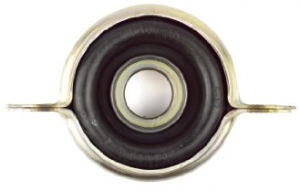-
Welcome to Tacoma World!
You are currently viewing as a guest! To get full-access, you need to register for a FREE account.
As a registered member, you’ll be able to:- Participate in all Tacoma discussion topics
- Communicate privately with other Tacoma owners from around the world
- Post your own photos in our Members Gallery
- Access all special features of the site
Should I Replace/Turn Rotors When Installing New Pads?
Discussion in '1st Gen. Tacomas (1995-2004)' started by dustinuhls, Mar 15, 2009.
Page 2 of 3
Page 2 of 3


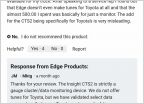 Experiences with Edge CTS2 gauge monitoring system?
Experiences with Edge CTS2 gauge monitoring system?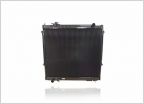 1st gen Tacoma Radiator size. Distance between tanks?
1st gen Tacoma Radiator size. Distance between tanks?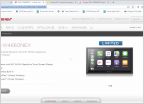 What head unit are you running?
What head unit are you running?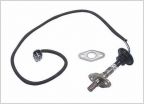 Combination of Error Codes
Combination of Error Codes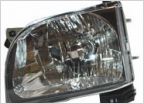 Is the headlamp outer lens cover removable?
Is the headlamp outer lens cover removable?


















